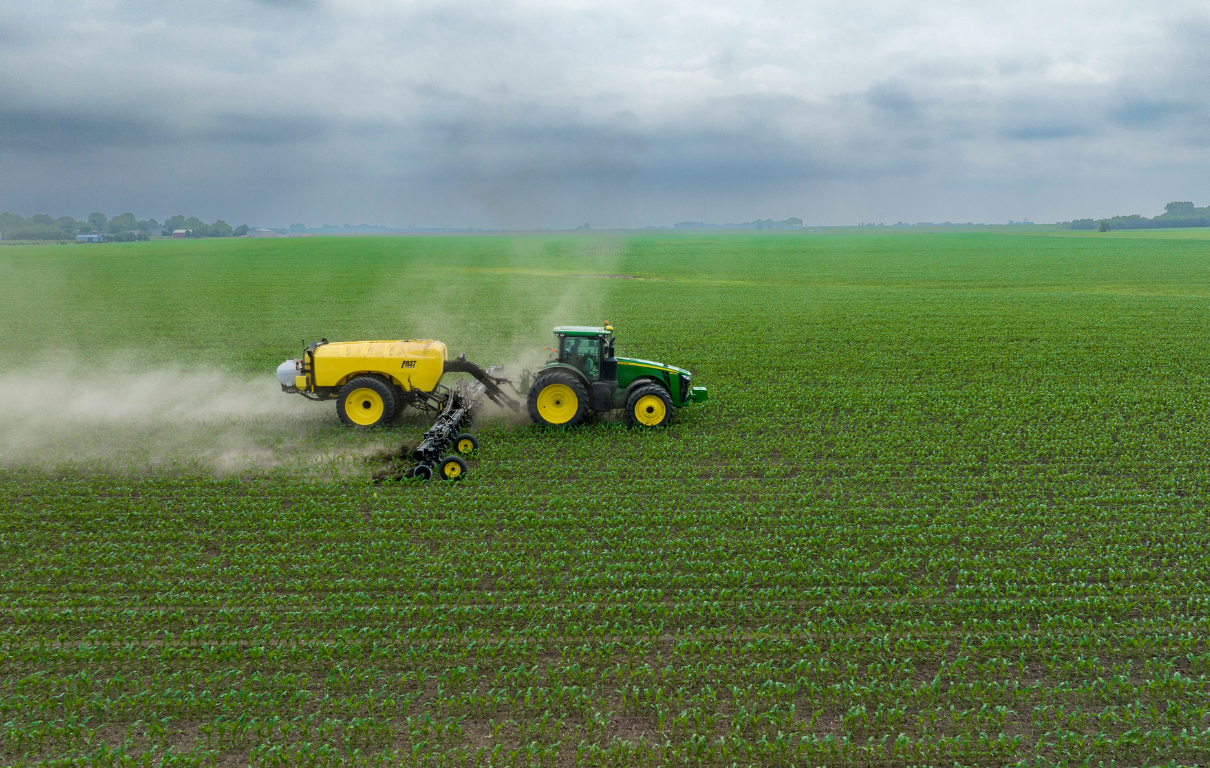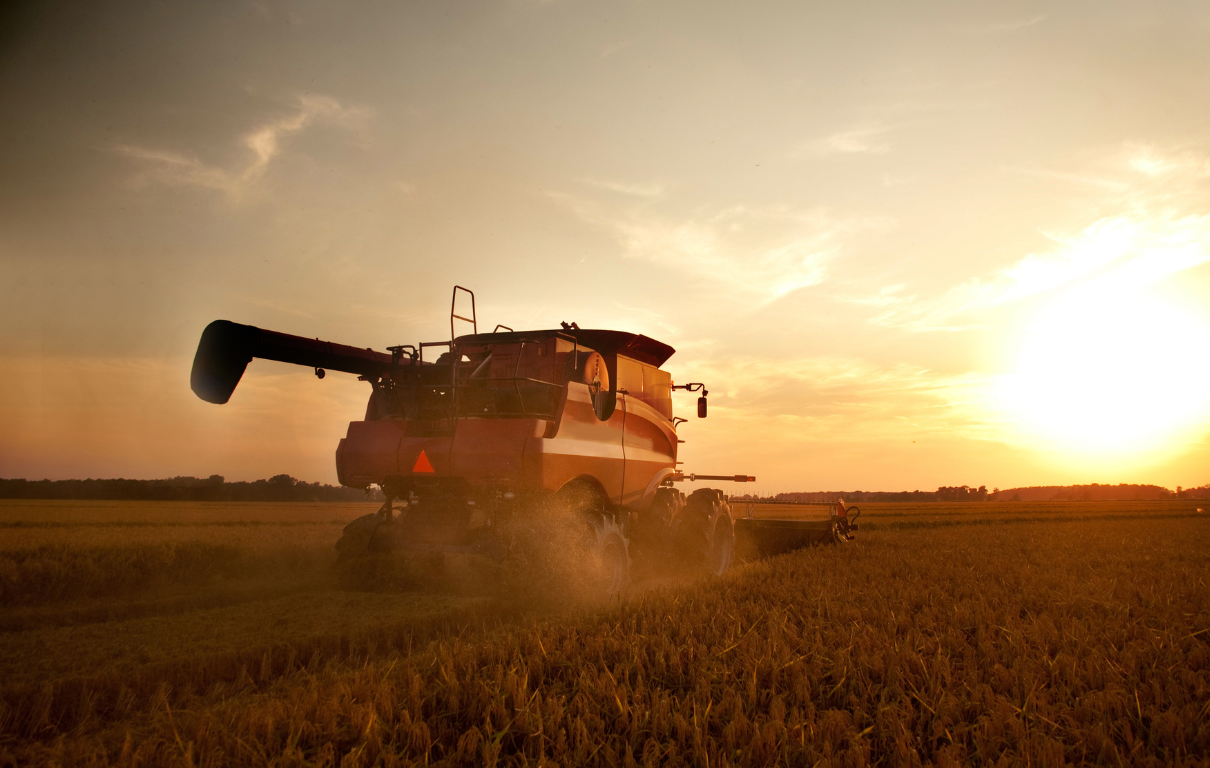Maximizing Hemp Fiber & Grain Growth: Navigating Nitrogen
In the world of farming, whether it's corn, soybean, or cotton, agricultural associations have played a pivotal role in shaping the industry. These organizations are not just a collective of farmers; they are the backbone of agricultural advocacy, research, and education. With the evolving landscape of industrial hemp, the need for a dedicated Hemp Fiber Association becomes increasingly apparent.
Understanding Hemp's Nitrogen Demand: Key to Robust Growth
Nitrogen is pivotal for the growth and development of crops, including industrial hemp, acting as a primary nutrient that influences vegetative growth and overall health. For industrial hemp, specifically grown for fiber or grain, the nitrogen demand is significant to achieve optimal yield and quality. The nutrient management guidelines suggest that nitrogen application rates should be carefully adjusted based on the crop previously planted in the field, such as corn, wheat, or soybean, to ensure that hemp receives adequate nitrogen for robust growth without exceeding environmental safety thresholds. Efficient nitrogen management, tailored to hemp's specific needs, is essential for sustainable and productive farming practices.
A Foundation For Nitrogen Recommendations: Start Somewhere and Grow
Soil health varies across different environments, with different soil types, making it crucial to start with a foundational nitrogen recommendation that can be adjusted to local conditions. The recommended rates provide a baseline, allowing farmers to refine their nitrogen management strategies. This approach ensures that all farmers have a starting point for optimizing hemp growth while encouraging continuous improvement and adaptation to specific soil health profiles and environmental factors.
Industrial Hemp Following Corn: Tailoring Nitrogen Applications for Hemp Success
When planting industrial hemp after corn, it's crucial to consider corn's high nitrogen consumption, which can deplete soil reserves. Tailoring nitrogen applications for hemp in such scenarios ensures the succeeding crop receives adequate nutrition for optimal growth. Since both corn and hemp are robust nitrogen consumers, assessing soil nitrogen levels post-corn harvest is essential for determining hemp's appropriate nitrogen application rate. This approach promotes sustainable farming practices by preventing over-fertilization, thereby supporting environmental health and enhancing hemp yield and quality.
Recommendations for nitrogen-depleted soil following corn rotation would be an application of 125 lb of nitrogen to the acre. This number will provide you with a framework to start and over time, you can refine the nitrogen application for your land.
Post-Soybean Crop Rotation: Optimizing Hemp's Nitrogen Intake
Following soybeans, hemp benefits from the legume's nitrogen-fixing ability, often requiring less nitrogen supplementation. This natural enrichment allows for reduced fertilizer inputs for hemp, lowering production costs per acre. By optimizing nitrogen intake in post-soybean rotation, farmers can capitalize on soybean's residual benefits, ensuring hemp receives the necessary nutrients without the excessive application of fertilizers. This strategic approach not only promotes sustainable farming practices but also enhances soil health and reduces environmental impact, offering a cost-effective solution for hemp cultivation.
Recommendations for nitrogen-abundant soil following soybean rotation would be an application of 50 lb of nitrogen to the acre. This number will provide you with a framework to start and over time, you can refine the nitrogen application for your land.
Industrial Hemp Following Wheat: Adjusting Nitrogen Strategies for Hemp Cultivation
Positioning industrial hemp as a second crop following winter wheat can significantly enhance revenue per acre while minimizing additional input costs. This crop sequence takes advantage of wheat's cultivation cycle, allowing hemp to benefit from the residual nitrogen left in the soil, thus reducing the need for extensive fertilizer applications. This strategic rotation not only boosts farm profitability through an additional harvest but also promotes sustainable agricultural practices by optimizing resource use and maintaining soil health.
Recommendations for nitrogen-abundant soil following wheat rotation would be an application of 50-75 lb of nitrogen to the acre. This number will provide you with a framework to start and over time, you can refine the nitrogen application for your land.
Soil Health Benefits After Harvesting Industrial Hemp
After harvesting industrial hemp, the benefits to soil health can positively impact the subsequent year's crop. Industrial hemp contributes to improved soil structure and nutrient content, leading to a healthier growing environment for the following crops. Industrial hemp’s deep rooting system can help break compacted soil layers, enhancing water infiltration and aeration. Additionally, hemp's residue adds organic matter to the soil, increasing its fertility and microbial activity. These benefits collectively support a more sustainable agricultural system, potentially reducing the need for chemical inputs in future plantings.
Future-Proofing Farming with Hemp
Aligning with Sustainable Agriculture Trends
As the world moves towards sustainable agriculture, planting crops like hemp aligns farms with these global trends. This foresight can position farms to meet future market demands and regulatory changes.
Long-term Economic Viability
Investing in hemp cultivation now can pave the way for long-term economic viability. As industries continue to explore and expand the use of hemp fiber, early adopters stand to benefit from established operations and expertise in this promising crop.
Welcome to the Hemp Fiber and Grain Association – where the future farms.



